Transition to IP comes with challenges, but it also brings opportunities. It is the first step toward virtualization, and it brings flexibility that SDI can not offer. It allows the replacement of a centralized SDI router with an IT distributed architecture using Commercial Off The Shelf (COTS) IP switches. Furthermore, the new ST2110 is the answer to the elimination of dedicated devices such as audio embedder, de-embedder, audio shuffler, and meta data inserters. Yet it provides the same flexibility that broadcast operators are accustomed to having.
As in every transition, broadcasters can not simply replace the whole SDI equipment pool with new IP native products because the expected life span of most SDI product is likely to be several more years. Thus the first thing to do is to bridge the SDI world into an IT infrastructure. In doing so the most obvious product to disappear is the notorious DA (distribution amplifier) as the IP signal is multicast and can be accessible to any destination in the network. Here is a link that will take you to an SDI signal aggregation to IP: https://www.embrionix.com/resource/IP_Television_infrastructure_emMODULAR_emSFP_gateway.
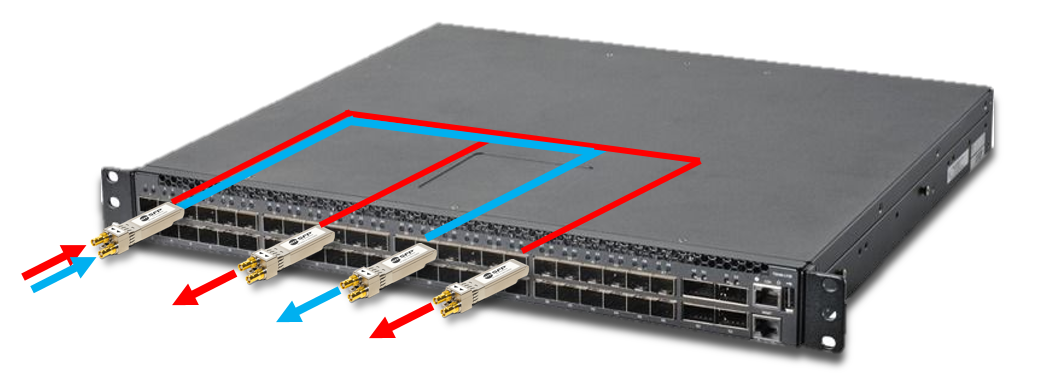
Figure 1. Multicast flow inside a switch (image courtesy of Embrionix Design, www.embrionix.com)
For this transition, functions such as encapsulation and de-encapsulation are needed to support SDI equipment that is already installed or not yet available in IP format. Multiple encapsulators and de-encapsulators create a new higher function level called Aggregator, in other words: a bulk aggregation of signals in the IP domain.
SDI to IP encapsulator and de-encapsulator functions are standardized by SMPTE, but the design, size, form, and power requirements are the responsibility of the manufacturer. The majority of vendors (almost all) proposed card based systems fitted in a proprietary frame and then added in an IP infrastructure.
There are three main ways to implement bulk gateway aggregators.
This implementation consists of connecting an external gateway to COTS Top Of Rack (TOR). It adds rack space, fiber connections, power, and space. The main and secondary network show redundancy.
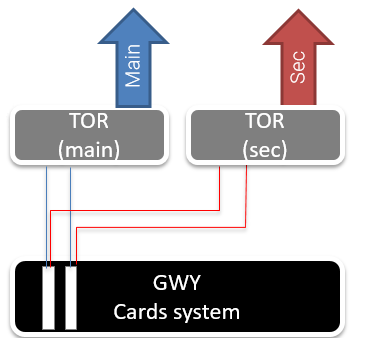
Figure 2. Implementation of external gateway + TOR (image courtesy of Embrionix Design, www.embrionix.com)
This is a compromise where an IP switch is built into an SDI router where all processing is done in the SDI domain. It adds rack space, and cost, but mainly this is a proprietary solution that ties the user to a single vendor.
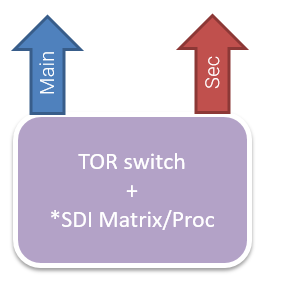
Figure 3. Implementation SDI TOR (image courtesy of Embrionix Design, www.embrionix.com)
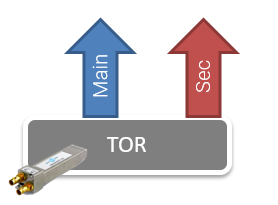
Figure 4. Implementation COTS TOR + emSFP (image courtesy of Embrionix Design, www.embrionix.com)
Embrionix proposes a unique way to do the aggregation by simply bringing the SDI signals directly into a COTS Top Of Rack where the SFP is the gateway and encapsulates or decapsulates the signals.
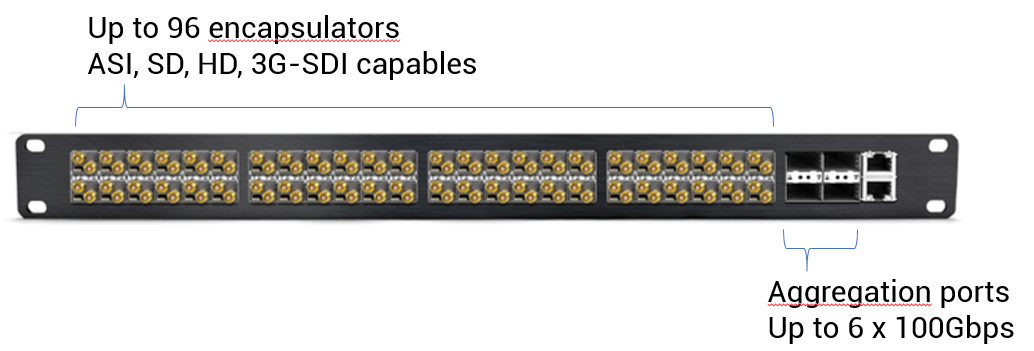
Figure 5. SDI to IP aggregator from Embrionix (image courtesy of Embrionix Design, www.embrionix.com)
Power consumption is a significant consideration in a fixed installation and even more so in an OB Van. The benefit of less equipment and equipment that is less power hungry is compounded by the fact that less cooling is necessary. It is not rare to get comments from users mentioning that the air conditioning budget is one of the most important costs in their Opex.
Power supplies aren't the most efficient and adding frames of equipment magnifies the lack of efficiency.
Embrionix emSFP has a Zero-power footprint as the emSFP gateway gets its power from the TOR. In an external Gateway solution, the power of the TOR would still be needed to feed the lasers of the fiber links between the TOR and the external gateway frame.
In figure #6 the first picture shows the power multiplication of a multi-frame system versus the aggregator proposed by Embrionix. The following pictures show the emSFP power usage which is lower than 1W per channel (as a comparison, the dual channel encapsulator can work for more than three hours with the Apple7 battery!)

+ 1.5 W of laser in the TOR switch
Figure 6. Embrionix power consumption and size (image courtesy of Embrionix Design, www.embrionix.com)
How can a gateway be future proof? The day the SDI device is replaced by IP native equipment that very gateway is no longer needed. The emSFP can be repurposed to a different function such as an SDR to HDR upconverter or a NATing device. Up to four different services can reside in one SFP and can be determined as needed. It is like virtualization but at the source. In some applications, it makes more sense to handle processing at the source rather than doing it in a server farm or in the cloud. Thus, repurposing the equipment allows the user to make the most out of the investment.
Processing delay can be critical in a production environment, and system engineers must take into serious consideration all the delay that every piece of equipment can introduce. Production switchers are very sensitive to differential timing vs. house synchronization and can jeopardize the entire production when that delay is too wide.
As the Embrionix emSFP Gateways have a small delay, the user can adjust this delay to ensure that 1 or 2 lines of delay is respected.
In a transition, a plurality of signals and standards coexist. However, buying new equipment to support each and every format is a waste of budget and resources. Each Embrionix emSFP gateway can be allocated for a specific use so that various signals and standards can be mixed and take advantage of the same COTS switch to aggregate simultaneously: ASI to IP, 2022-6 format, 2022-7, and 2110 formats at the same time by a granularity of two channels.
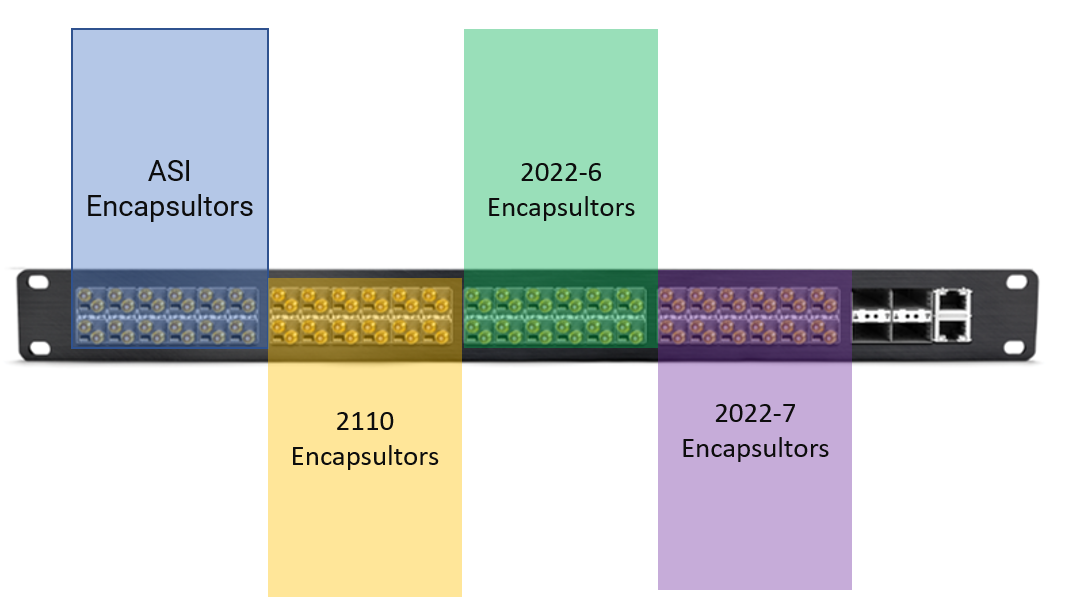
Figure 7. Embrionix Mix and Match encapsulators in aggregator (image courtesy of Embrionix Design, www.embrionix.com)
Additionally, the emSFP gateways are live upgradable. The SFP hardware is unique and supports up to four different services (apps, micro services) in non-volatile memory; the user can change from one service to another by simply calling the web page of the SFP or doing it in bulk using the free emSET software.
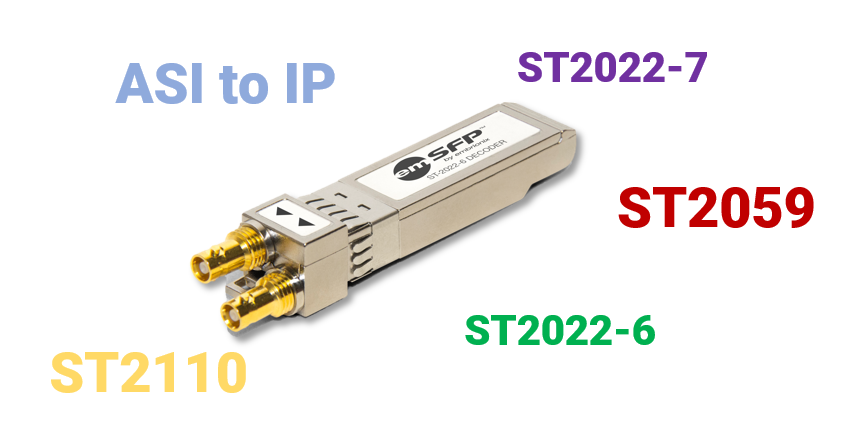
Figure 8. emSFP with multiple programs (image courtesy of Embrionix Design, www.embrionix.com)
Embrionix tested more than fifteen different IP switch vendors and models for you to ensure that they can be used together for signal aggregation. To name a few, the following have been tested successfully: Arista, Brocade, Cisco, Dell, emModular, Extreme Networks, HP, Hwawai, Juniper, Pica8, Mellanox, etc.
Embrionix emSET software also enables you to configure the emSFP flows, IP, format (ASI to IP, 2022-6, 2022-7, 2110 with 2059, etc.)
Embrionix emSFP encapsulators combined with COTS switches create the most efficient and simple ASI to IP and SDI to IP aggregator, giving you the most elegant and affordable solution without any compromises.
For more information about our products. Please contact us at info@embrionix.com or sales@embrionix.com